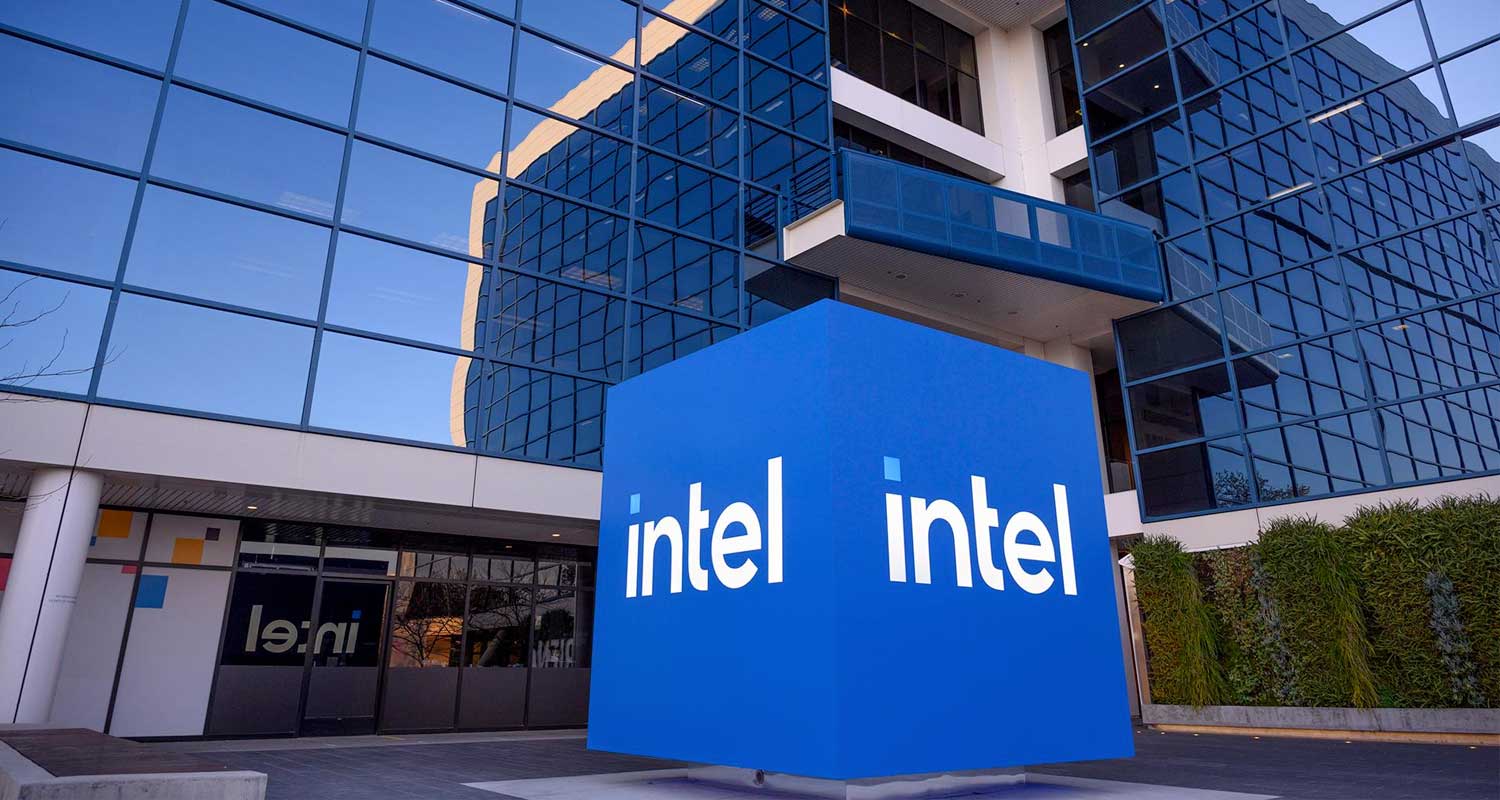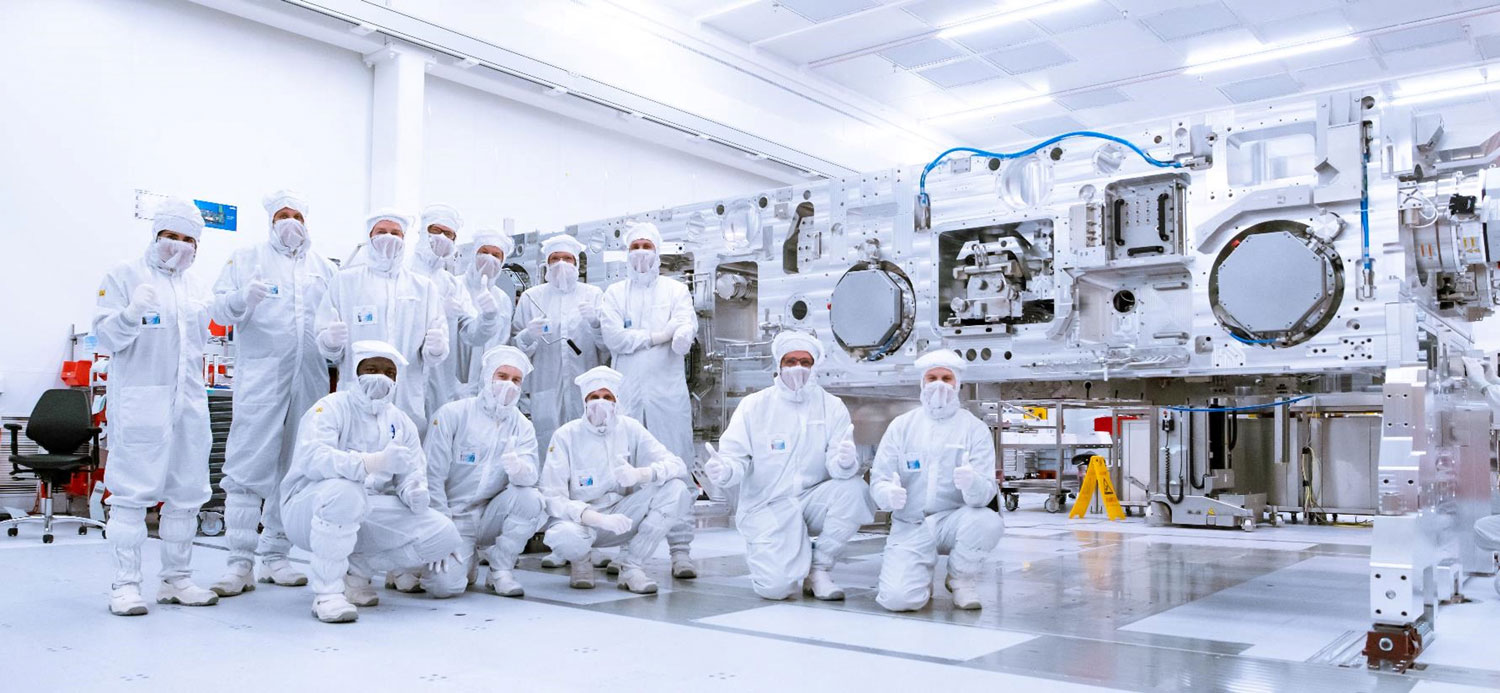 Intel said on Thursday it had become the first company to assemble one of Dutch tech group ASML’s new “High NA EUV” lithography tools, an important part of the US computer chip maker’s drive to outshine rivals.
Intel said on Thursday it had become the first company to assemble one of Dutch tech group ASML’s new “High NA EUV” lithography tools, an important part of the US computer chip maker’s drive to outshine rivals.
Intel was the first company to buy one of the €350-million euro (R7.1-billion) machines made by top chip equipment supplier ASML. The tools are expected to lead to new generations of smaller, faster chips, though there are financial and engineering risks involved.
“We agreed to the pricing when we committed to the tools and we would not have done that if we were not confident there were cost-effective uses for it,” Intel’s director of lithography, Mark Phillips, said in a briefing with journalists.
ASML, Europe’s largest tech firm, dominates the market for lithography systems, machines that use beams of light to help create the circuitry of chips.
Lithography is one of many technologies chip makers use to improve chips, but it is a limiting factor in how small the features on a chip can be — smaller means faster and more energy efficient.
The High NA tools are expected to help shrink chip designs by up to two-thirds, but chip makers must weigh that benefit against a higher cost and whether older tech may be more reliable and good enough.
Intel’s determination to be the first to adopt High NA is not accidental. It helped develop EUV technology — named for the “extreme ultraviolet” light wavelengths it uses. But it began using ASML’s first EUV product later than Taiwanese rival TSMC, which CEO Pat Gelsinger has acknowledged was a big mistake.
Up and running this year
Instead, Intel focused on techniques known as “multi-patterning” — essentially going through more steps with lower resolution lithography machines to achieve an equivalent effect. “That’s when we got in trouble,” Phillips said.
Although the older DUV tools were cheaper, complex multi-patterning became too time consuming and led to too many faulty chips, slowing Intel’s commercial progress.
Read: Intel’s chip-making unit reports $7-billion loss
The US company has now adopted first-generation EUV for the most crucial parts of its best chips, and Phillips said it expects the move to High NA EUV will be smoother.
“Now that we have EUV, we’re looking forward, we don’t want to get in the same boat where we have to push (ASML’s first-generation EUV machines) too far,” he said.

Phillips said the machine at its Hillsboro, Oregon campus will be “fully up and running later this year”.
Intel plans to use the machine, which is the size of a double decker bus, in the development of its 14A generation of chips in 2025, with early production expected in 2026 and full commercial production in 2027.
Read: Intel $20-billion chip grant exposes US weakness
ASML said alongside earnings this week it had begun the process of shipping a second High NA system to an unidentified customer, likely TSMC or South Korea’s Samsung.
Shipping and installation of the massive tools may take up to six months, giving Intel a head-start. — Toby Sterling, (c) 2024 Reuters




